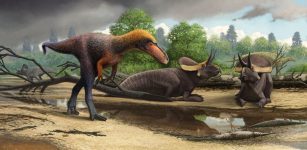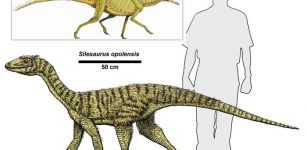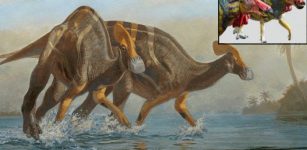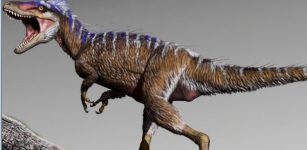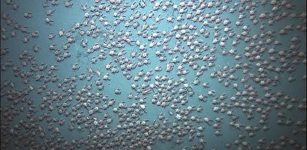Did Dinosaur Evolve Frills And Horns For Sexual Attraction?
MessageToEagle.com – Triceratops and Styracosaurus dinosaurs evolved the elaborate frills and horns. But why did they do it?
Researchers at Queen Mary University of London say these impressive ornamental traits did not evolve to help species recognize each other.
Instead, a new study suggests that the horns and frills were built to attract, not attack.
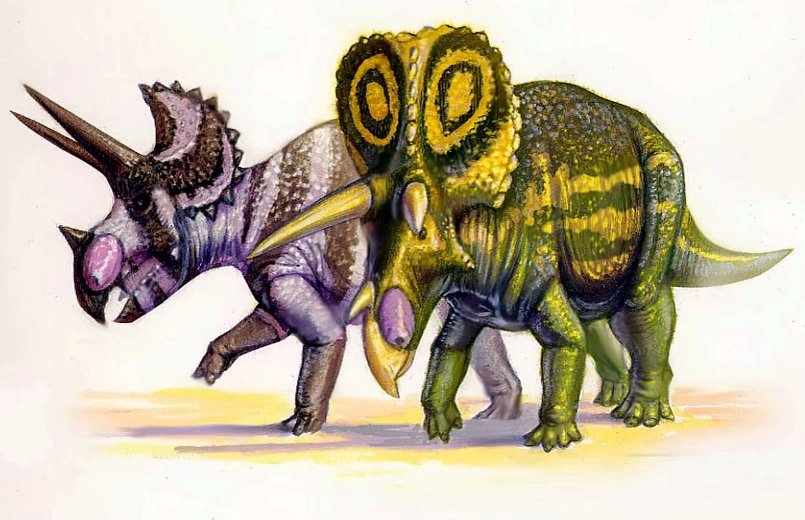
The researchers also found evidence that ornamental traits seemed to evolve at a much faster rate than other traits. As these structures are costly to grow and maintain, this finding similarly points to a strong selective pressure on these traits.
“This resolves a long-standing and hitherto untested hypothesis concerning the origin and function of ornamental traits in ceratopsian dinosaurs,” Andrew Knapp, PhD candidate from the School of Biological and Chemical Sciences and lead author of the study, said.
“Many general discussions of ceratopsian ornaments in museum signage and popular literature often include examples of what they might have been for, but these tend to be rather speculative.”
“We have shown that species recognition, one of the commonest explanations, is unlikely to be responsible for the diversity or origin of ornamentation in this group.”
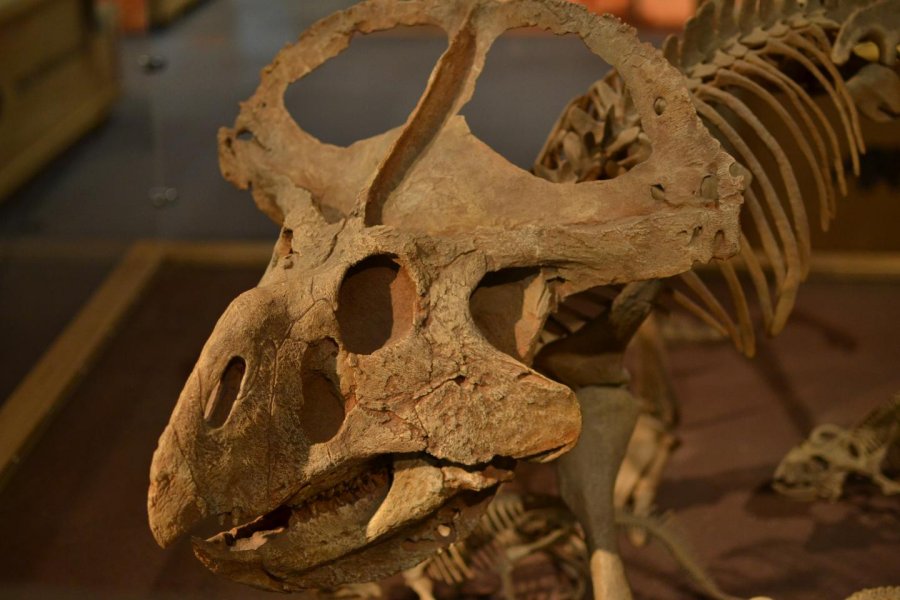
This is the Protoceratops in the Horniman Museum, London. Image credit: Horniman Museum, London
The researchers believe the implications extend beyond the scope of ceratopsians and have consequences for the study of evolutionary theory over vast stretches of time.
The fossil record offers an opportunity to see evolution in action over much longer time periods than can be achieved with living organisms, but it is difficult to assign explanations to unusual features such as ceratopsian ornaments with the limited information that fossils provide.
The researchers have now largely ruled out one explanation, species recognition, and provided some evidence for another, sexual selection.
“If sexual selection is indeed the driver of ornament evolution in ceratopsians, as we are increasingly confident it is, demonstrating it through different lines of evidence can provide a crucial window into tracing its effects over potentially huge timescales,” Mr Knapp said.
The study was published in Proceedings of the Royal Society B.
MessageToEagle.com





